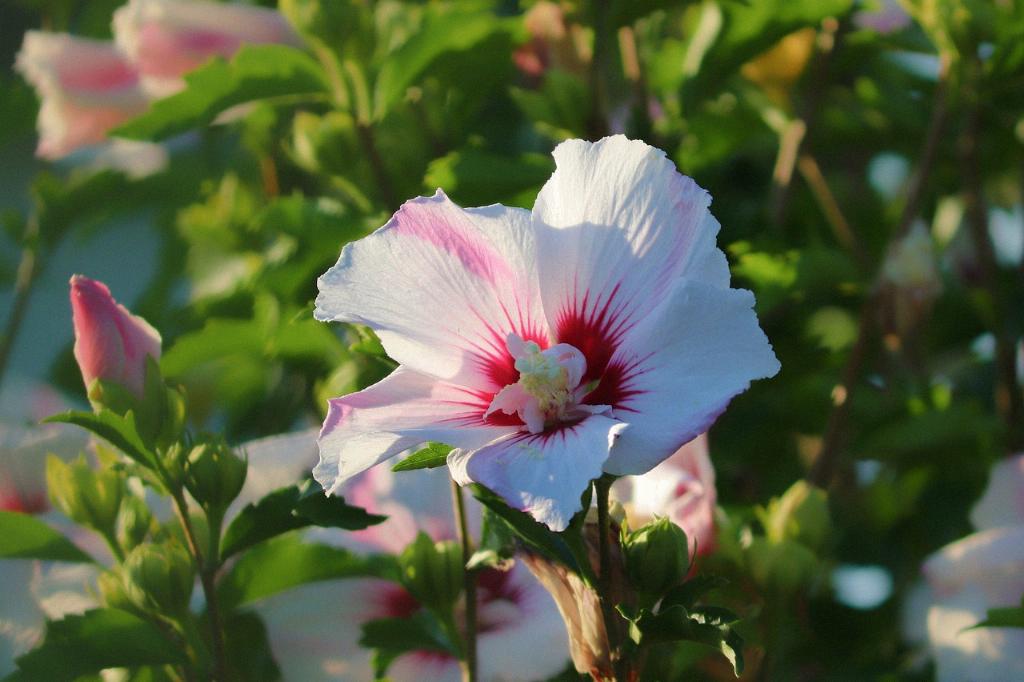Seeing yellow leaves on your hibiscus can be concerning, but fear not, as there are several common reasons for this issue. One of the primary culprits is the water situation surrounding your hibiscus plant. Whether you are over-watering or under-watering, this can have a significant impact on the health of your plant.
When it comes to over-watering your hibiscus, the soggy soil can lead to root rot, which in turn affects the leaves, causing them to turn yellow. On the flip side, if you are not providing enough water to your hibiscus, the plant may become dehydrated, leading to yellow leaves as a sign of distress.
Aside from water issues, another common reason for yellowing leaves on your hibiscus could be due to nutrient deficiencies. Plants require essential nutrients to thrive, and a lack of these nutrients can manifest in yellow leaves. If your hibiscus is not getting enough nitrogen, iron, or magnesium, it may start showing signs of yellowing.
In addition to water and nutrient imbalances, environmental factors such as excessive sunlight or insufficient light can also contribute to yellow leaves on your hibiscus. Hibiscus plants prefer bright but indirect light, so if they are exposed to too much direct sunlight or kept in a dark corner, this can impact their leaf color.
Pests and diseases are another potential cause of yellowing leaves on hibiscus plants. Common pests like aphids, spider mites, or whiteflies can suck the sap from the leaves, causing discoloration. Keeping an eye out for any signs of pest infestation and taking appropriate measures can help prevent yellow leaves.
Furthermore, hibiscus plants are sensitive to changes in temperature and humidity levels. They thrive in warm, tropical conditions but may struggle in cooler environments. If your hibiscus is exposed to cold drafts or fluctuations in temperature, it can result in stress for the plant, leading to yellow leaves.
It is essential to consider the soil quality in which your hibiscus is planted. Poor soil drainage can lead to waterlogged roots, while low-quality soil lacking essential nutrients can affect the overall health of the plant. Ensuring that your hibiscus is in well-draining soil enriched with nutrients can help prevent yellowing leaves.
Another factor to take into account is the pot size and root-bound conditions of your hibiscus. If the plant has outgrown its container or the roots are tightly packed, this can hinder proper nutrient uptake and water absorption, resulting in yellow leaves. Repotting your hibiscus into a larger pot with fresh soil can help alleviate this issue.
Moreover, improper pruning or neglecting maintenance can also lead to yellow leaves on your hibiscus. Dead or damaged foliage should be removed regularly to promote new growth and airflow within the plant. Neglecting to prune your hibiscus can result in overcrowded branches and potentially nutrient deficiencies.
Environmental stressors such as air pollution or exposure to chemicals can impact the health of your hibiscus plant, causing the leaves to turn yellow. Ensuring that your plant is situated in a clean, toxin-free environment can help mitigate the risk of discoloration due to external factors.
In some cases, yellowing leaves may be a natural part of the hibiscus plant’s growth cycle. Older leaves naturally yellow and drop off to make room for new growth. However, if you notice widespread yellowing or rapid leaf loss, it may indicate an underlying issue that needs to be addressed promptly.
To conclude, when your hibiscus leaves are turning yellow, it is crucial to assess various factors such as watering habits, nutrient levels, environmental conditions, pests, and overall plant care. By addressing the root causes of leaf yellowing and providing proper care and maintenance, you can help your hibiscus thrive and maintain its vibrant, green foliage.

